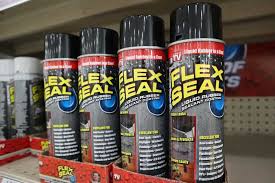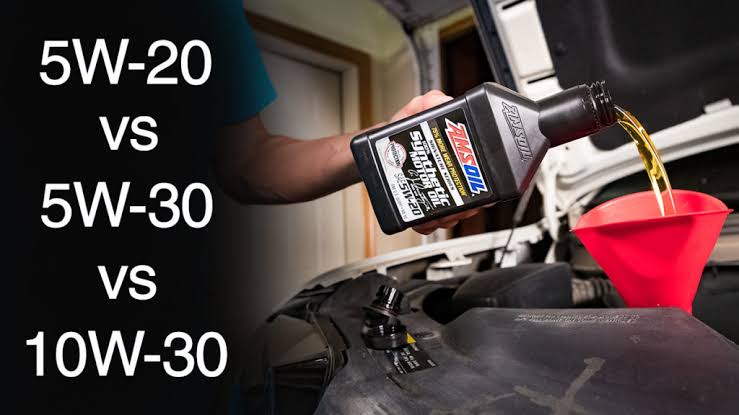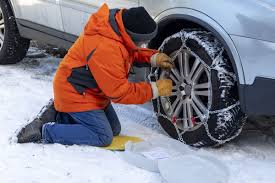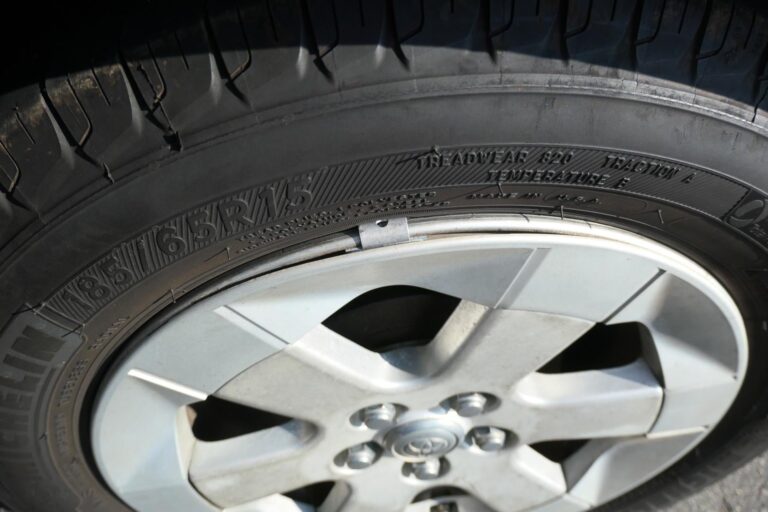Does Radiator Fluid Go Bad?

Radiator fluid, also known as coolant or antifreeze, is a vital component of your vehicle’s cooling system. It helps regulate engine temperature, prevent overheating, and protect against freezing in cold weather. But does radiator fluid go bad? The short answer is yes, it can degrade over time. In this article, we’ll explore why radiator fluid goes bad, how to recognize the signs, and how often you should replace it to keep your engine running efficiently.
What Is Radiator Fluid?
Radiator fluid is a mixture of water and antifreeze, typically made of ethylene glycol or propylene glycol. It circulates through the engine, absorbing heat and dissipating it via the radiator. Additionally, it prevents corrosion and lubricates certain components in the cooling system.
Does Radiator Fluid Expire?
Shelf Life of Unused Radiator Fluid
- Unopened radiator fluid can last several years if stored properly in a cool, dry place.
- Check the label for the manufacturer’s expiration date, as the additives in antifreeze can degrade over time.
Degradation in Use
Once poured into your vehicle’s cooling system, radiator fluid is exposed to heat, contaminants, and chemical reactions. Over time, its ability to regulate temperature and prevent corrosion diminishes.
Signs Your Radiator Fluid Is Going Bad
1. Discolored Fluid
Fresh coolant is usually bright green, orange, yellow, or pink, depending on the type. If it appears brown, rusty, or cloudy, it’s a sign of contamination or degradation.
2. Sweet Smell or Burnt Odor
A sweet smell may indicate a coolant leak, while a burnt odor could mean the fluid is breaking down due to overheating.
3. Engine Overheating
Bad coolant can fail to regulate engine temperature, leading to overheating, which can cause severe engine damage.
4. Visible Sediment or Particles
Particles or sediment in the coolant can clog the cooling system and reduce its effectiveness.
How Often Should You Replace Radiator Fluid?
Manufacturer’s Recommendations
Most vehicle manufacturers recommend flushing and replacing radiator fluid every 30,000 to 50,000 miles, or every 2-5 years, depending on the type of coolant.
Type of Coolant Matters
- Inorganic Additive Technology (IAT): Typically green and lasts 2-3 years or 30,000 miles.
- Organic Acid Technology (OAT): Often orange, yellow, or pink, lasting up to 5 years or 50,000 miles.
- Hybrid Organic Acid Technology (HOAT): Can last 5 years or 50,000 miles.
Always consult your owner’s manual for specific recommendations.
Risks of Using Expired Radiator Fluid
1. Corrosion and Rust
Degraded coolant loses its anti-corrosion properties, which can lead to rust forming inside the radiator and other cooling system components.
2. Clogged Cooling System
Sediment buildup from old coolant can clog passages, reducing the system’s ability to cool the engine.
3. Engine Damage
Overheating due to bad radiator fluid can warp engine components, damage the head gasket, and even lead to total engine failure.
How to Check Radiator Fluid Condition
1. Inspect the Fluid Color
Look in the coolant reservoir or remove the radiator cap (only when the engine is cool). Discolored or murky fluid needs to be replaced.
2. Test the Fluid
Use a coolant tester or hydrometer to measure the fluid’s freezing and boiling points. If it falls outside the recommended range, it’s time for a replacement.
3. Look for Leaks
Inspect for visible leaks around the radiator, hoses, or under the vehicle. Leaking coolant may indicate a system issue.
Replacing Radiator Fluid: DIY or Professional Service?
DIY Coolant Flush
If you’re comfortable with basic car maintenance, you can perform a coolant flush yourself. The process involves draining the old coolant, flushing the system with water or a cleaning solution, and refilling it with fresh radiator fluid.
Professional Service
For those who prefer expert care, a professional mechanic can flush and replace the coolant, ensuring the system is free of contaminants and filled to the correct level.
FAQs
1. Can you mix old and new radiator fluid?
It’s not recommended. Mixing old and new coolant can dilute the additives and reduce its effectiveness. Always flush out old fluid before adding new.
2. What happens if I don’t replace old radiator fluid?
Failing to replace old coolant can lead to corrosion, clogs, and engine overheating, potentially causing costly repairs.
3. Can I use water instead of radiator fluid?
While water can be used in emergencies, it doesn’t provide the same protection against freezing, boiling, or corrosion as radiator fluid.
4. How can I dispose of old radiator fluid?
Old radiator fluid is considered hazardous waste and should be disposed of at a local recycling center or automotive shop that accepts used coolant.
Conclusion
So, does radiator fluid go bad? Yes, over time, radiator fluid can degrade and lose its effectiveness, whether in storage or in use. Regularly checking and replacing your coolant is essential for maintaining your vehicle’s performance and preventing costly repairs. Whether you choose to do it yourself or visit a professional, keeping your cooling system in top shape ensures a smooth and safe driving experience.
Don’t ignore your radiator fluid—schedule a coolant check or flush today to keep your car running efficiently!
Also Check:
• Does Antifreeze Have an Expiration Date?
• Does Peek Green Radiator Fluid Meet FL-22 Specs for Toyota?





